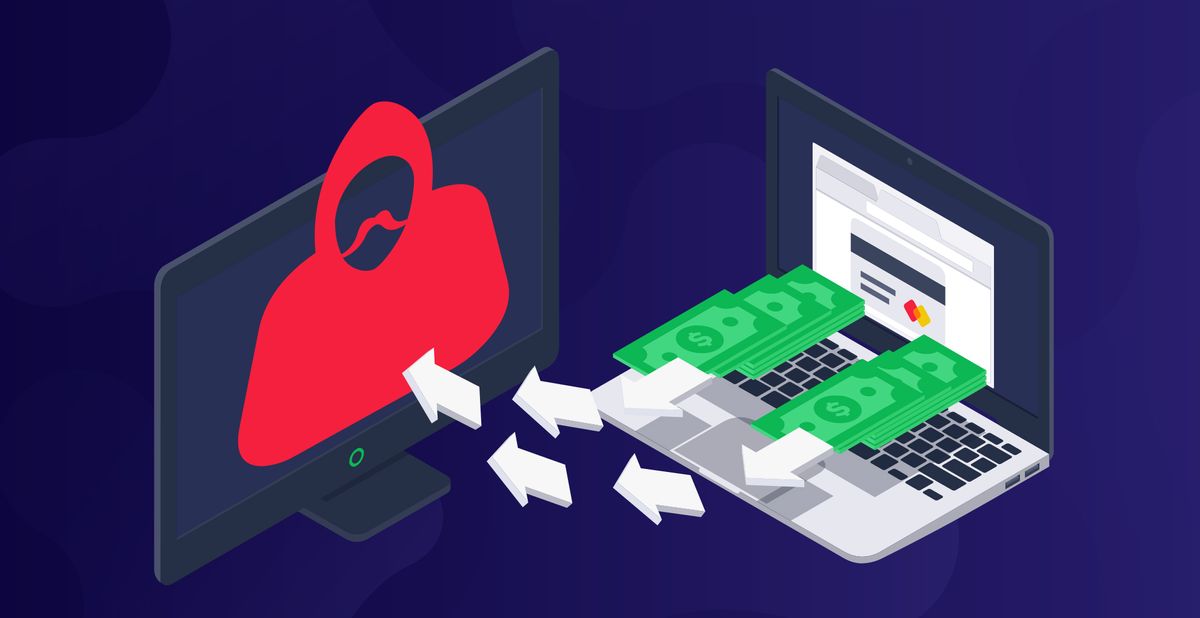
A ransomware operator has created a fake website of one of its victims and used it to publish sensitive content stolen in a ransomware (opens in new tab) attack.
The approach is a novelty that some security researchers believe to be a way of weaponization of the victim’s clients.
Threat actors known as ALPHV (also known as BlackCat), recently successfully launch a ransomware attack against a financial services company, making off with 3.5GB of sensitive documents, including staff memos, payment forms, employee data, assets and expenses, financial data for partners, passport scans, and similar.
Typosquatted domains
The threats of leaking the data to the public obviously didn’t work with the victim company, which evidently decided not to pay the ransom demand.
However, ransomware operators usually leak stolen data on the dark web, where it’s available mostly to other criminals and security researchers. This time around, ALPHV created a website on a typosquatted domain, which looks and feels almost identical to the legitimate website of the victim.
Speaking to BleepingComputer, threat analyst at Emsisoft, Brett Callow, said leaking the data via a typosquatted domain could be a more damaging approach: “I wouldn’t be at all surprised if Alphv had attempted to weaponize the firm’s clients by pointing them to that website” Brett Callow said.
We will have to wait and see what the results of this approach would be, but it’s safe to assume that if it’s successful, we’ll be seeing a lot more typosquatted websites leaking sensitive corporate data.
Ransomware is an ever-evolving threat. At first, the attackers would simply encrypt all of the files on target endpoints and demand payment in bitcoin.
When businesses started deploying backups, the criminals started stealing sensitive data and threatening to leak it online. In some cases, this attack is also followed by a Distributed Denial of Service (DDoS) attack that disrupts the front-end, as well as intimidation and persuasion via telephone and email.
Via: BleepingComputer (opens in new tab)
Be the first to comment